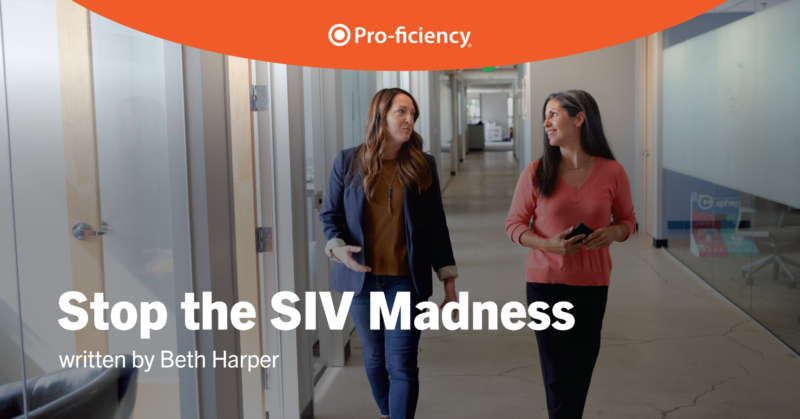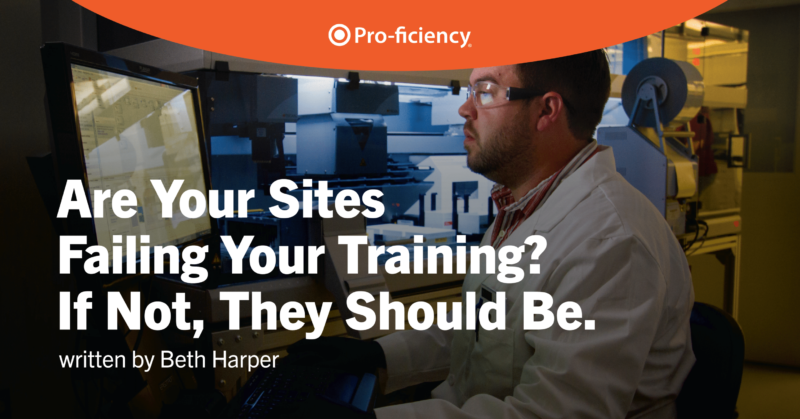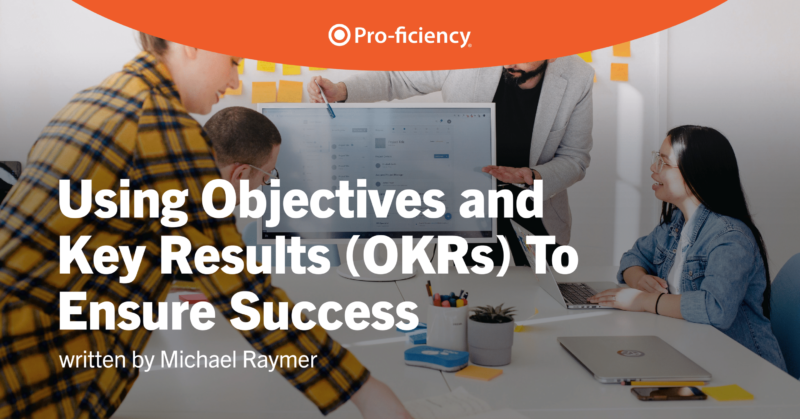101 Things That Could Go Wrong if You Don’t Get Your Training Right
Although it can be tricky to acquire proper clinical site training, inadequate planning for a research study’s training needs will create unnecessary, avoidable costs down the road. Let’s take a look at a not-so-uncommon scenario. You budgeted about $20 million dollars to complete your Phase III clinical trial. You spent months fine-tuning the protocol to perfection. All of your third-party vendors are engaged and their systems are operational. Regulatory and ethics approvals are expected any moment and the investigational drug is at the depots ready for distribution. Your investigational compound is meeting an unmet medical need so your clinical sites are especially motivated to start enrolling. In fact, 100% of the site staff have completed their required online training modules – a first in your organization’s history! What could possibly go wrong?
We’ve compiled our all-time favorite list of things that can go wrong when it comes to sites actually implementing that perfect-on-paper protocol. If you can answer yes to all these questions then YOU DON’T NEED US! You’ve mastered the art and science of effective site training and preparation. Congratulations! But if you can’t answer yes with confidence to even a few of these, you may want to put us on speed dial. All of these lend themselves to our virtual protocol simulation training approach. We’ll give your protocol a test drive through our dissection and analysis process. We’re confident that we can find a thing or two that could derail your study. We’d be delighted to help eliminate those pesky deviations from rearing their ugly heads before it’s too late.
Without calling you in a panic, will your sites know what to do if…
Enrollment
- A potential subject doesn’t have a documented history of one of your I/E criteria?
- The perfect pre-screen-qualified subject takes a prohibited medication the evening before the randomization visit?
- The subject wishes to participate but their personal physician doesn’t want them to?
- The central reader’s image uploading portal goes down while they are submitting a critical source document needed before randomization…and the subject is waiting in the office?
- The site can’t get the centrally provided ECG machine to work?
- The subject tests positive for THC the morning of the randomization visit?
- The central lab results conflict with the local lab results?
- The subject got a late start on the prohibited medication washout period and the screening period is running out?
- The site realizes they enrolled a subject who was not eligible?
- The subject’s source documents reveal conflicting information about a certain eligibility criterion?
Study Drug Prep and Administration
- The study drug arrives out of the required temperature range?
- The study drug appears contaminated when they check it?
- The site finds out at the last minute that the subject can’t swallow pills?
- The subject isn’t tolerating the dose?
- The subject is non-compliance with the dosing regimen?
- The subject forgets to take their medication?
- The subject takes their medication at the wrong time…with or without food (in contravention of the protocol requirements)?
- The site forgets to follow the dose tapering schedule?
- The site realizes the study drug just expired and the subject is due for a refill that day?
- The subject reports that another family member took several doses of the study medication?
- The site inadvertently breaks the blind when administering the study treatment?
- Weight-based dosing is required and the subject’s weight changes during the study?
Visit Schedules
- The subject has to miss a visit due to a family emergency?
- The subject is a no-show for a visit?
- The subject is a no-show for several visits?
Study Procedures / Equipment
- The required equipment doesn’t work or breaks just prior to the study visit?
- The staff person certified / approved to perform certain tasks is unavailable for a given day?
- The subject is not complying with their ePRO requirements?
- The subject’s wearable device stops working?
- Study supplies don’t arrive in time for a subject’s visit and the visit window is expiring that day?
Safety Management and Reporting
- The subject has an AE of Special Interest?
- The subject received a prohibited medication for an AE that occurred while they were out of the area and the PI couldn’t be contacted?
(In case you were counting that’s only 32 and not 150 things that could go wrong, but you get the idea). Send us or share your trickiest “what if” scenario. We’ll add it to the list and see if we can’t just find a way to create a good simulation vignette of it!

Beth Harper, Chief Learning Officer at Pro-ficiency, is on a mission to eliminate protocol deviations. Beth brings 35-plus years of experience in clinical research operations to Pro-ficiency, utilizing this knowledge along with her years of creating live protocol simulation training to create cutting-edge simulation training programs at Pro-ficiency. Beth has published and presented extensively in the areas of study feasibility, site selection, patient recruitment, protocol optimization, sponsor/site relationship management and clinical research professional competencies. Beth received her B. S. in Occupational Therapy from the University of Wisconsin and an M.B.A. from the University of Texas.












 By the end of 2020, there were more than 800K businesses in the US that were less than one year old. The data further shows that the largest number of new startups likely took place during the COVID year of 2021.
By the end of 2020, there were more than 800K businesses in the US that were less than one year old. The data further shows that the largest number of new startups likely took place during the COVID year of 2021.



